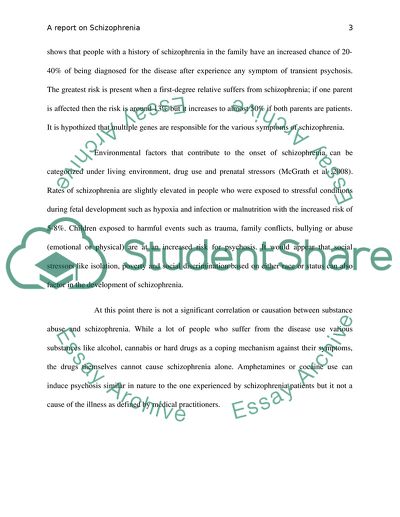Cite this document
(“Mental Illness/Disorder Research Paper Example | Topics and Well Written Essays - 3500 words”, n.d.)
Retrieved from https://studentshare.org/nursing/1656342-mental-illnessdisorder
Retrieved from https://studentshare.org/nursing/1656342-mental-illnessdisorder
(Mental Illness/Disorder Research Paper Example | Topics and Well Written Essays - 3500 Words)
https://studentshare.org/nursing/1656342-mental-illnessdisorder.
https://studentshare.org/nursing/1656342-mental-illnessdisorder.
“Mental Illness/Disorder Research Paper Example | Topics and Well Written Essays - 3500 Words”, n.d. https://studentshare.org/nursing/1656342-mental-illnessdisorder.


